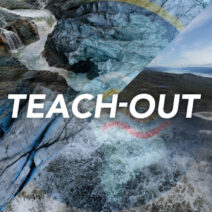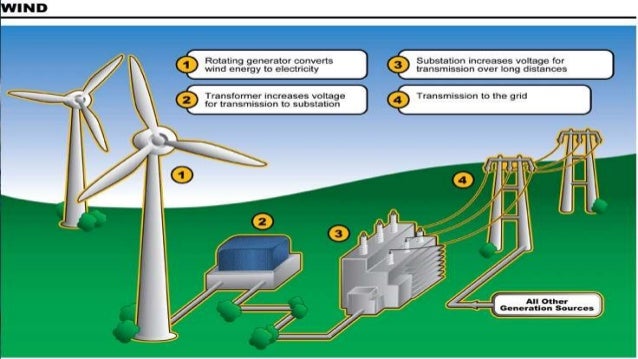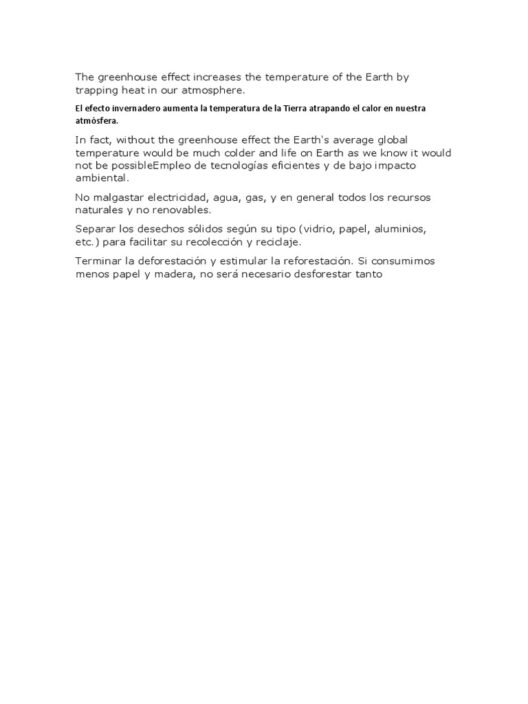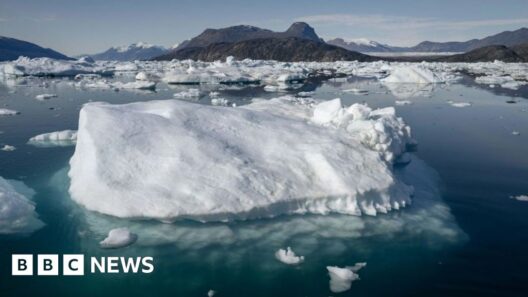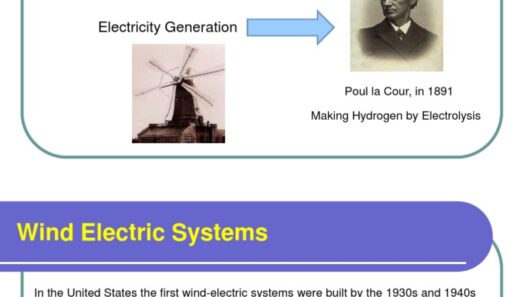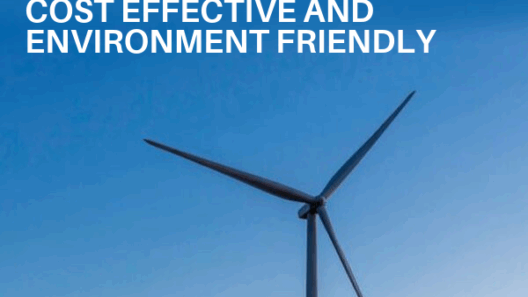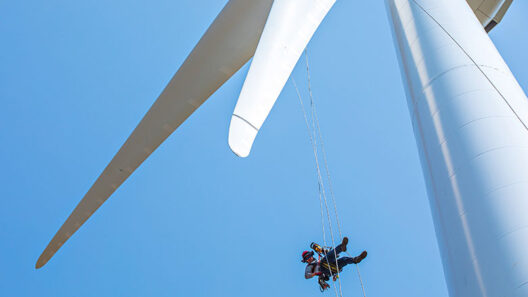Wind power has captured the imagination of innovators and environmentalists alike, as it emerges as one of the most promising forms of renewable energy. Harnessing the energy produced by the wind transforms what is essentially an inexhaustible natural phenomenon into a powerful source of electricity. This article delves into the various facets of wind energy, exploring its mechanism, benefits, challenges, and the intriguing interplay between technology and nature.
The core principle behind wind energy is deceptively simple yet profoundly impactful. By converting kinetic energy from moving air into mechanical power, and subsequently into electricity, wind turbines serve as modern-day windmills. But the actual engineering behind these towering giants is a testament to human ingenuity. Wind turbines, often towering above the landscape, boast sleek, aerodynamic designs resembling giants’ wings poised to take flight. As they rotate, they evoke an aesthetic that juxtaposes nature and technology, a harmonious yet powerful symbol of sustainability.
Wind energy falls under the category of renewable energy sources due to its inherent sustainability and minimal environmental footprint. Wind is a natural resource that is inexhaustible on a human timescale, offering a continuous and reliable form of energy as long as the sun shines and the planet rotates. This section will dissect what makes wind energy a superior option when compared to fossil fuels and other forms of power generation.
Ecologically, wind power generates electricity without emitting harmful greenhouse gases. Unlike fossil fuels, which release carbon dioxide—a primary driver of climate change—wind energy production remains virtually emissions-free. This stark difference is crucial in the global quest to mitigate environmental degradation and encourage a paradigm shift towards cleaner energy solutions. The use of wind turbines thus embodies a significant step forward in preserving the planet’s delicate ecological balance.
Advancements in technology have significantly improved the efficiency and feasibility of harnessing wind energy. Modern wind turbines can capture energy from wind currents with remarkable effectiveness, supporting a spectrum of scales from small residential units to vast offshore wind farms. These developments not only expand the potential for electricity generation but also create new job opportunities—an essential element in the socioeconomic benefits associated with renewable energy sources.
While the aesthetic appeal of wind turbines often draws admiration from those who appreciate picturesque landscapes, some detractors criticize their impact on the scenic beauty of pristine environments. Yet, research illustrates an intriguing point: many communities experiencing the installation of wind farms have found renewed economic vitality through tourism and environmental stewardship. Engaging local populations in the wind energy dialogue often cultivates a deeper appreciation for these engineering marvels, transforming perceptions of their visual presence from eyesores into picturesque symbols of progress.
Nevertheless, the advent of wind energy is not without challenges. The intermittency of wind presents a notable drawback. Wind is unpredictable, and there are times when it falls short of meeting energy demands. To address this, energy storage solutions, such as batteries and pump-storage hydroelectricity, are gaining traction. These innovations allow excess energy generated during windy conditions to be stored and released when demand peaks, ensuring a steady and reliable flow of electricity. The evolution of grid systems to incorporate renewable sources leads to a more resilient infrastructure.
Moreover, the environmental impact of wind energy must be scrutinized holistically. While wind farms have a minimal carbon footprint, possible effects on bird and bat populations, as well as land use considerations, necessitate careful site selection and management practices. Striking the right balance requires rigorous scientific research and adaptive management strategies to mitigate potential adverse effects while maximizing ecological benefits.
In the context of global energy transition, wind power emerges as a front-runner. Countries are increasingly investing in wind energy infrastructure as a strategic response to climate change, energy independence, and economic resilience. By diversifying energy portfolios through renewable resources, nations can strengthen their resilience against market volatility associated with fossil fuels. The wind power sector also stimulates local economies, offering jobs in manufacturing, installation, and maintenance.
Furthermore, social acceptance of wind energy continues to climb, particularly among younger generations who are more attuned to the realities of climate change and the urgency for sustainable alternatives. As public understanding of wind energy’s benefits grows, advocacy for policies supporting its expansion becomes more robust. This grassroots movement fosters a culture of environmental stewardship, engaging citizens in the broader narrative of renewable energy adoption.
The future of wind energy is undeniably bright, marked by innovation and collaboration. New technologies are constantly emerging, enhancing the efficiency of turbines and expanding their applications. From breathtaking offshore installations that harness powerful sea winds to community-driven projects that empower local residents, wind energy is poised to play an integral role in the global energy future.
Understanding wind power as a renewable energy source beckons a collective inquiry into the energy landscape of tomorrow. Balancing ambitions for energy efficiency with the preservation of nature offers unique opportunities for coexistence and sustainability. As we forge ahead into a new era of energy generation, the question is not whether wind can power our future, but how we can harness its full potential to invigorate our planet while nurturing our connection to the natural world.

